REDSTONE ARSENAL, Ala. — The U.S. Army’s Future Tactical Uncrewed Aircraft Systems, or FTUAS, Product Office has officially taken receipt of the Textron Systems’ MK 4.8 HQ Aerosonde system, marking a significant milestone in the program’s rapid prototyping effort. This achievement follows a comprehensive two-year development and testing process, which included extensive technical testing, ground and flight acceptance testing, and a joint effort between the vendor and the United States Government.
The delivery of the system, formalized through the DD-250 process, transfers ownership to the USG. The FTUAS team will now proceed with new equipment training to qualify instructors and operators at the Redstone Test Center on the MK 4.8 HQ Aerosonde system. This training is expected to be completed by late January 2025.
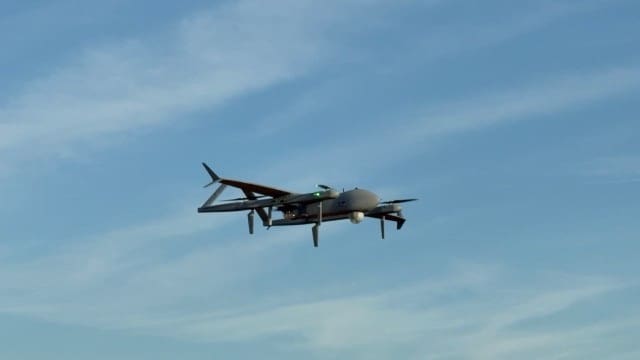
Upon completion of new equipment training, the FTUAS team will embark on a USG-led developmental testing cycle, which will culminate in the program’s capstone event. This testing effort will occur in parallel with the ongoing efforts to evaluate production proposals for award, anticipated in the fourth quarter of fiscal year 2025.
The FTUAS program will provide brigade combat teams with an organic capability for reconnaissance and surveillance operations, enabling them to collect, develop, and report actionable intelligence. This will allow BCT commanders to maintain dominance during multi-domain operations. The FTUAS system boasts transformational capabilities, including vertical take-off and landing, on-the-move command and control, and Soldier-led, field-level maintenance. Its modular open systems approach enables rapid capability insertions, ensuring the system keeps pace with evolving technology.
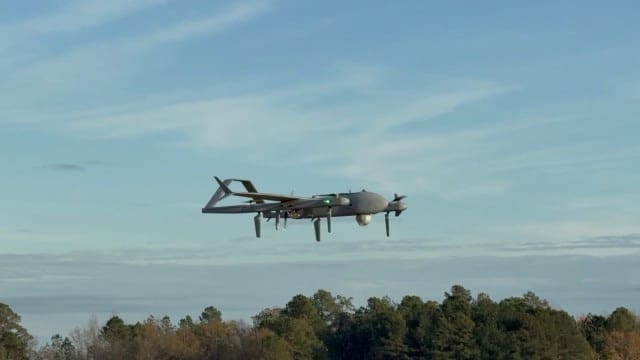
The Program Executive Office for Aviation, located at Redstone Arsenal is responsible for modernizing the Army Aviation fleet of crewed and uncrewed aircraft. PEO Aviation’s Uncrewed Aircraft Systems Project Office is dedicated to rapidly fielding innovative UAS capabilities to Army formations, maintaining the Army’s asymmetric advantage over peer adversaries in large-scale combat operations.
By PEO Aviation
Both comments and pings are currently closed.
Read the full article here

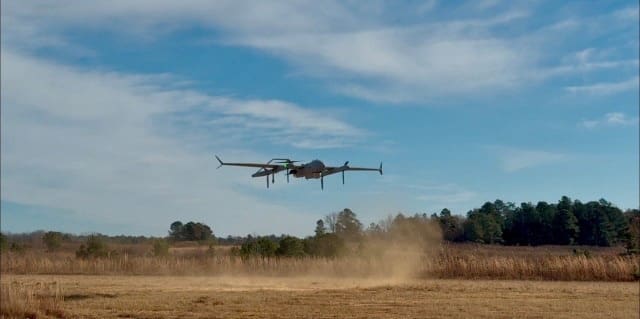


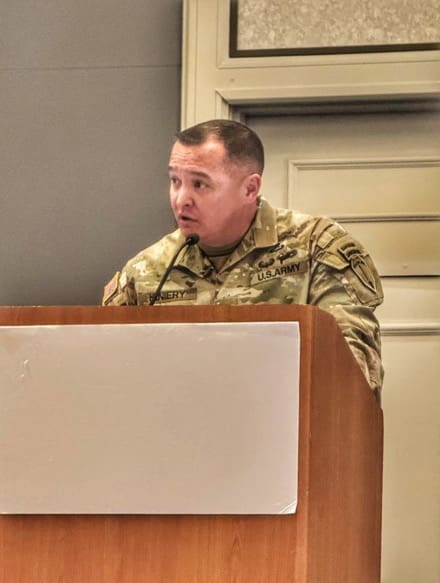
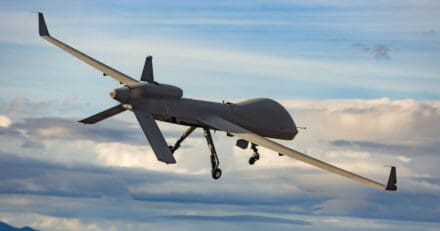


Leave a Reply